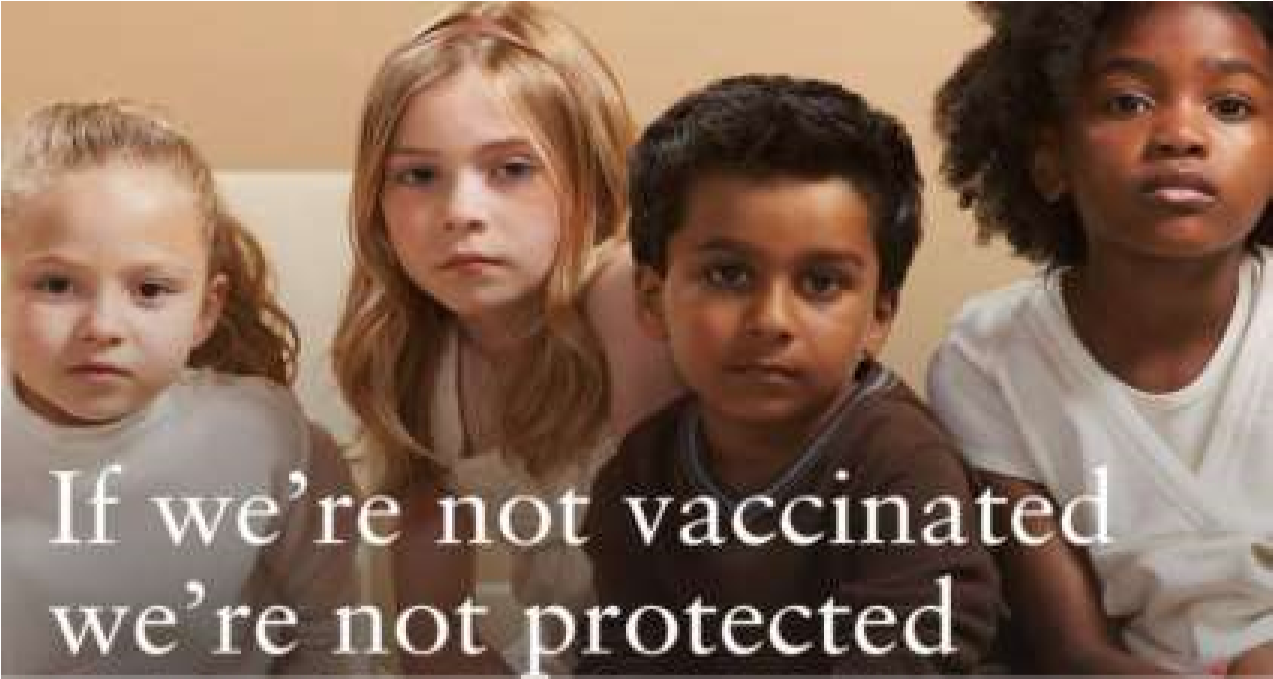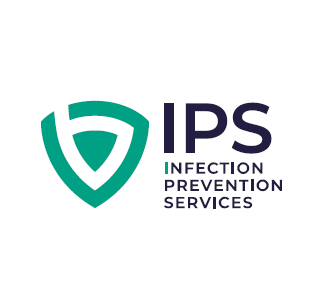Global Immunisation Today
Why Waning Immunity is a potential concern in aged care
What is Immunisation? A Brief Overview

World Rates of Immunisation: Progress?
However, important gaps remain. For instance, the first dose of the measles-containing vaccine (MCV1) reached 83% coverage in 2023, which is below the 2019 level of 86%. Even more concerning, only 74% of children received their second dose of the measles vaccine in 2023, leaving a substantial group only partially protected.
The figure for MMR uptake in Australia in 2021 was 96%, and in NZ in 2024 was 77%. For Australia, the national target is 95% and 90% in NZ. These levels or higher must be reached for both doses of the MMR to achieve eradication of measles.
Coverage varies for other common vaccines (global figures), too:
- BCG (Tuberculosis): 87% in 2023.
- Hepatitis B (3rd dose): 83%, but the critical birth dose is only at 45%.
- Haemophilus influenzae type b (Hib, 3rd dose): 77% globally, but with significant regional differences.
- Pneumococcal conjugate vaccine (final dose): 65% globally.
- Rotavirus vaccine: 55% globally.
- HPV vaccine (first dose in girls): Increased from 20% in 2022 to 27% in 2023, showing growing but still low uptake for this cancer-preventing vaccine.
- Yellow Fever vaccine: 50% coverage in at-risk countries, well short of the recommended 80%.
These figures highlight that while core programs are established, achieving complete protection globally, especially for newer or multi-dose vaccines, is still a challenge.

Diseases of Concern Currently
Immunisation programs target a range of infectious diseases based on their prevalence and public health importance in each region. Core vaccines protect against diseases like Diphtheria, Tetanus, Pertussis, Measles, Mumps, Rubella, Polio, Tuberculosis, Hepatitis B,
Hib, Rotavirus, and Pneumococcal disease. Regionally,
programs also target diseases like HPV, Yellow Fever, Japanese Encephalitis,
Meningitis, Influenza, Cholera, Typhoid, and, of course, COVID-19.
A major concern currently is the resurgence of vaccine-preventable diseases (VPDs). This is most notably seen with measles. Estimated measles cases reached 10.3 million globally in 2023, a 20% increase from 2022. This upward trend is expected to continue, due to several factors, such as vaccine hesitancy, global funding issues and the rise of the anti-vax groups. In the past 12 months, 138 countries reported cases, with 61 experiencing large outbreaks – the highest number since 2019. Similar increases have been observed for pertussis (whooping cough) and yellow fever in various regions globally. These outbreaks are directly linked to reduced immunisation coverage, especially since the COVID-19 pandemic. Other underlying issues also play a part. An estimated 14.5 million children missed all routine vaccine doses in 2023, a significant increase from 2019.
Measles is particularly concerning due to its extreme contagiousness. One infectious individual can infect 12-18 unvaccinated individuals when in close contact. The disease can lead to severe complications like pneumonia and encephalitis, and despite being preventable, 107,500 people died from measles in 2023. These were mostly children under 5. The measles vaccine is crucial because there is no specific treatment for the disease, and vaccination is highly effective in preventing severe illness and death.
Other problems encountered globally include vaccine hesitancy, fuelled by misinformation, lack of trust, complacency, and specific unfounded concerns. The "anti-vax" movement actively promotes these perceived problems, often with the help of social media, contributing to lower vaccination rates, directly leading to outbreaks. Additionally, significant global funding cuts to international vaccine programs disrupt routine immunisation and surveillance, especially in lower-income countries. Humanitarian crises and local conflicts can put further strain on an already stressed health system, making vaccine delivery increasingly difficult.
The Impact of Reduced Immunity: A Focus on Older Adults

While the primary focus is on childhood immunisation, it's crucial to understand that Vaccine-preventable Diseases (VPDs) pose a substantial risk to older adults, a risk that is often underestimated. This vulnerability of the elderly stems from several factors:
- Immunosenescence: The natural age-related
decline in the effectiveness of the immune system makes older adults more
susceptible to infections and potentially less responsive to vaccines. Past
immunity from an infection or a vaccine can also wane over time, increasing
susceptibility.
Comorbidities: Older adults often have other chronic health conditions (diabetes, heart or lung disease) that increase susceptibility to an infection, making it more difficult to fight off, and leading to a higher risk of severe complications.
Waning Vaccine-Induced Immunity: Protection from some vaccines received earlier in life can decrease, necessitating booster doses.
Community Transmission: When overall vaccination rates drop, VPDs circulate more widely, increasing the risk of exposure for everyone, including older adults. This emphasises the benefits of Herd Immunity.
Here are some examples:
When older adults encounter VPDs, the effects can be significantly more severe than in younger, healthier individuals.
- Influenza (Flu): While flu usually causes symptoms such as fever, cough, and fatigue, in older adults it can commonly lead to severe complications such as pneumonia (a leading cause of hospitalisation and death), exacerbation of chronic conditions (like heart failure or COPD), dehydration, and increased frailty. Hundreds of New Zealanders die from flu each year, mostly older adults.
Pneumococcal Disease (Pneumonia, Meningitis, Sepsis): Symptoms vary by the type of infection. In the elderly, this disease often results in severe pneumonia requiring hospitalisation, potentially fatal bloodstream infections (sepsis), and meningitis, all of which may cause permanent brain damage or death. It's a leading cause of hospitalisation and death in older adults.
Pertussis (Whooping Cough): Characterised by prolonged, severe coughing fits. Older adults might not have the classic "whoop" sound as the patient struggles to breathe, but present with a persistent cough. Complications include rib fractures from coughing, fainting (syncope) leading to falls and injuries, weight loss, and pneumonia. Undiagnosed but infectious pertussis in an older adult can be fatal if transmitted to an infant.
Herpes Zoster (Shingles): Causes a painful rash. The most common complication in older adults is Postherpetic Neuralgia (PHN), a severe nerve pain that can last months or years and significantly impact the quality of life. The risk and severity of PHN increase with age. Shingles can also affect the eye (Ophthalmic Zoster), potentially causing vision loss.
Tetanus: Causes muscle stiffness and painful spasms. Tetanus is more likely to be fatal in older people, with complications including respiratory failure, bone fractures from spasms, and heart complications.
Diphtheria: Symptoms include a sore throat and the formation of a membrane that can block the airway. In the elderly, this can lead to severe airway obstruction, inflammation of the heart muscle (myocarditis) potentially causing heart failure and death, and nerve damage.
Measles: While often a childhood disease, if immunity has waned or is absent, older adults are at risk of severe complications, including pneumonia, encephalitis, exacerbation of chronic conditions, and the rare but fatal delayed complication Subacute Sclerosing Panencephalitis (SSPE).
Beyond the individual suffering, increased VPDs among older adults will significantly strain healthcare systems. They often require more intensive care, leading to longer hospital stays and higher healthcare costs. Outbreaks divert resources, and severe infections can cause a decline in the independence of the individual, potentially requiring long-term care.
Conclusion: A Collective Responsibility
The state of immunisation globally is precarious. While
decades of progress have protected billions, factors such as falling vaccine
coverage globally, the spread of misinformation, and funding shortages threaten
these gains. The resurgence of VPDs such as measles is a stark reminder of how
fragile our collective immunity can be. For everyone in healthcare,
understanding these issues is vital. It's a call to action to champion
evidence-based information, build trust in medical science, and advocate for sustained
investment in immunisation programs for allages. Only through a strong, joint effort can we ensure that immunisation
continues to protect both individuals and communities, from the youngest to the
oldest, against infectious disease threats.
Take advantage of our expertise in IPC. See the HUB for policies, resources and courses relating to this very important subject. Ask EVE for a quick answer to your question.
Follow us on Facebook and LinkedIn, like and share.
For the answer to a specific question, we can help you.
Lyndon Forrest
I am a passionate and visionary leader who has been working in the field of infection prevention and control in aged care for almost 30 years. I am one of the co-founders and the current Managing Director and CEO of Bug Control New Zealand and Australia, the premium provider of infection prevention and control services in aged care. I lead a team that is driven by a common purpose: to help aged care leaders and staff protect their residents from infections and create a healthier future for them.
I am building a business that focuses on our clients and solving their problems. We are focused on building a world-class service in aged care. We focus on being better, not bigger, which means anything we do is for our clients.
Erica Leadley
Erica Leadley is a dedicated professional with a rich background in agriculture and nutrient management. Growing up on her family's farm in Mid Canterbury, she developed a deep passion for farming. She currently resides on her partner's arable property in South Canterbury.
In 2017, Erica joined the Farm Sustainability team, focusing on nutrient management and environmental stewardship. In February 2024, she became the Manager of Marketing and Sales at Bug Control New Zealand - Infection Prevention Services, where her passion now includes improving infection prevention outcomes.
Outside of work, Erica loves cooking and traveling, often combining her culinary interests with her explorations in Italy and Vietnam. She enjoys entertaining family and friends and remains actively involved in farm activities, especially during harvest season.
Toni Sherriff
Toni is a Registered Nurse with extensive experience in Infection Prevention and Control. Her career began as a kitchen hand and caregiver in Aged Care facilities, followed by earning a Bachelor of Nursing.
Toni has significant experience, having worked in Brisbane’s Infectious Diseases ward before returning home to New Zealand, where she continued her career as a Clinical Nurse Specialist in Infection Prevention and Control within Te Whatu Ora (Health NZ).
Toni brings her expertise and dedication to our team, which is instrumental in providing top-tier infection prevention solutions to our clients.
Julie Hadfield
Julie is experienced in Accounts & Payroll Administration & after a long career in both the Financial & Local Government Sectors, is now working with our team. Julie brings her strong time management & organisational skills to our team, which is important to keep the company running in the background to enable the rest of our team to provide top notch service to all of our clients.
Andrea Murray
I attended Otago University in NZ and graduated as a Dental Surgeon. After 40 years in the profession, I retired in 2022. Infection prevention knowledge was part of everyday practice, dealing with sterilisation, hand hygiene, and cleaning.
Before retiring, I began doing some editing and proofreading for Bug Control as I am interested in the subject and in the English language. During the COVID-19 lockdown, I attended the ACIPC course "Introduction to Infection Prevention and Control", which increased my interest in the subject. I now work part-time as the Content Editor for the company.
Princess
Princess began her career as a dedicated Customer Service Representative, honing her communication and problem-solving skills. She later transitioned into a Literary Specialist role, where she developed a keen eye for detail. Her journey then led her to a Sales Specialist position, where she excelled in client relations.
Now, as a Customer Support professional in Infection Prevention Services. Princess focuses on ensuring customer satisfaction, building loyalty, and enhancing the overall customer journey.
Dianne Newey
With over 35 years of experience as a Registered Nurse, I'm now applying all my experience and skills as a Senior Infection Prevention and Control Consultant with Bug Control Infection Prevention Advisory Services.
This is through IP&C education, IP&C environmental audits and reports, IP&C policy and procedure review and development and consultancy on infection prevention and control issues. When I’m not working, I spend time with my family and in my garden, where I grow all my own veggies.
Caoimhe (Keva) Stewart
Caoimhe is the Manager of Customer Service at Bug Control | Infection Prevention Services, where she ensures that learners have a seamless and supportive experience. With her previous experience as a Registered Nurse in both the UK and Australia, Caoimhe brings a deep understanding of healthcare to her role. Before joining Bug Control IPS Services, she worked in a variety of nursing settings, including Occupational Health, Palliative Care, and Community Nursing, providing her with the ability to empathise with learners and understand the challenges they face.

